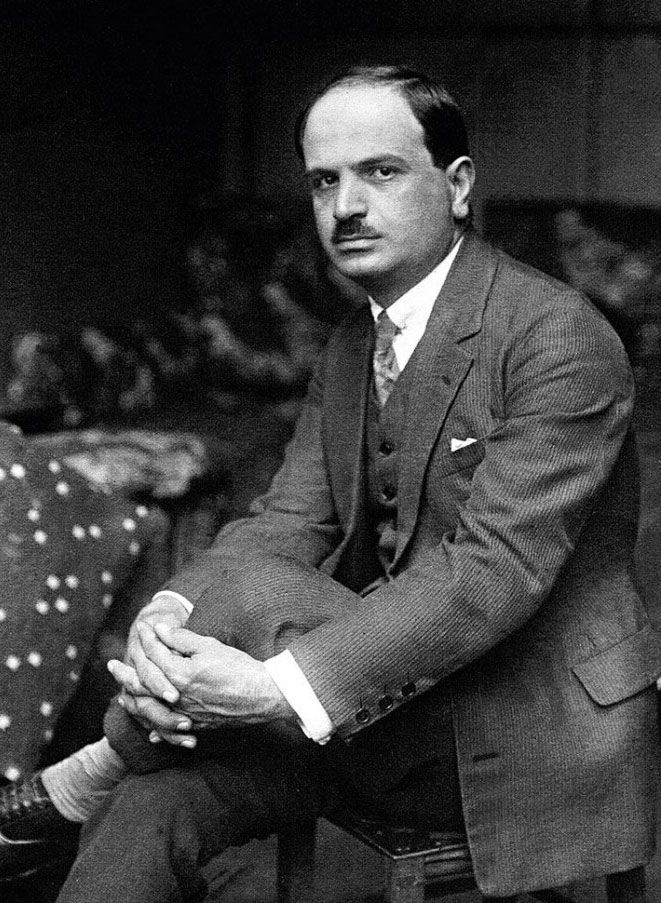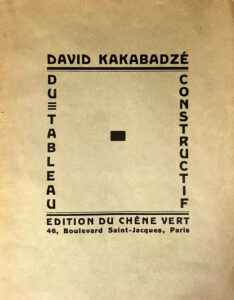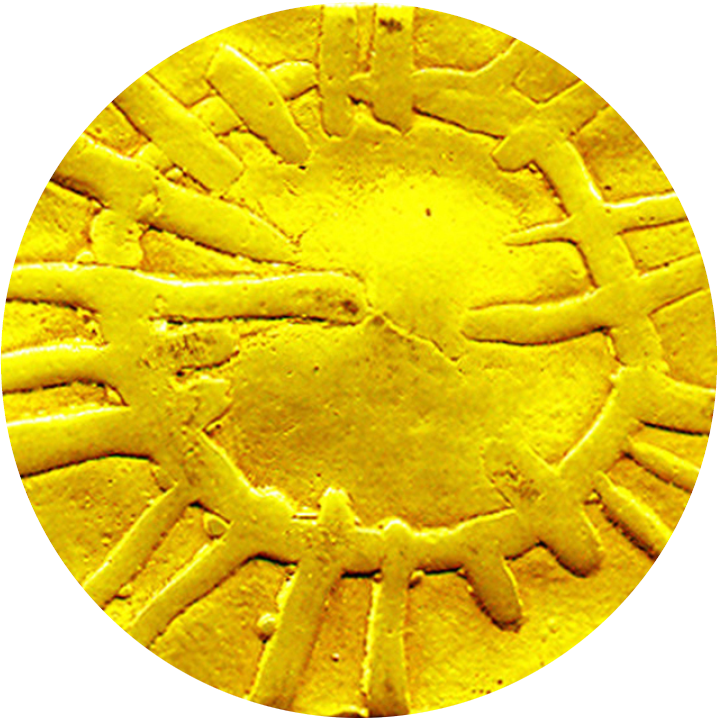David Kakabadze
Images
Info

At the beginning of the 20th century, several Georgian artists became actively involved in the artistic system of contemporary art. Natural adaptation to this process proved to be easier for those who lived and worked in Paris in 1921-1927, regularly participated in exhibitions, and who followed cultural events and participated in the process (Lado Gudiashvili, David Kakabadze, Elene Akhvlediani, Ketevan Magalashvili, Shalva Kikodze, Felix Varlamishvili, and Mikheil Bilanishvili among others).
David Kakabadze is a leader of Georgian avant-garde painting. In parallel to his studies at the Faculty of Physics and Mathematics in St. Petersburg (1910-1918), he also studied pyrotechnics, painting and art history. Nonetheless, after his return to Georgia Kakabadze ultimately decided to become a painter. He spent the years from 1921 to 1927 in Paris. In 1926, together with Marcel Duchamp, Man Ray, Malevich and other artists, Kakabadze participated in an international exhibition of contemporary art organized by the Société Anonyme at the Brooklyn Museum in New York. Some of his works from the show (the sculpture “The Speared Fish or Z” and a series of graphic abstractions) were purchased by Katherine Dreier for Yale University gallery. In Paris, Kakabadze published theoretical works on art, works on the issues of space and construction, and created various series, collages, as well as realistic and abstract compositions. Each topic of the series, manner of execution, material and technique was created based on a single concept. It was his style to transform a theme into a serial concept. In 1922, Kakabadze invented a new system of stereo cinematography. Upon returning to Georgia, in 1928 he organized a personal exhibition, began working as an instructor at the Tbilisi State Academy of Arts, and also worked in the fields of theater and cinema. It is true that he physically escaped the repressions of 1930s, but the Soviet totalitarian regime considered him to be a formalist – which constituted the reason for prohibiting him from teaching and exhibiting. Kakabadze spent the last years of his life in dire economic and psychological conditions. It was not until the 1970s that rehabilitation of his work began.
David Kakabadze’s work is known for its diversity, clear individualism, analytical thinking, reference to scientific research into the creative process, his constant study and experimentation, and participation in the latest movements of the 20th century as well as his connection with Georgian cultural traditions, knowledge of cultural heritage, and the introduction of innovative methods.
Baia Tsikoridze

Давид Какабадзе. Издательство Союза писателей Грузии “Заря Востока”. Тбилиси,1958

Давид Какабадзе. Выставка Картин Давид Какабадзе. 1981

David Kakabadze in Theatre. Natela Urushadze. Georgian Theatre Society. Tbilisi, 1982

David Kakabadze «Du Tableau Constructif». Published in Paris in 1921.Designed by the artist.

David Kakabadze. Georgian Information Agnecny. Tbilisi, 1983

Давид Какабадзе. Путь художника. Художник и время. Москва. Советский художник. 1989

David Kakabadze. Cultural Heritage. Tbilisi, Nekeri

David Kakabadze “Art and Space” (Paris 1924-1925). Published in 1926 in Paris. Cover designed by the artist. Copies 510, 40 pages, Including 8 black/white reproductions.

From David kakabadze’s archive. Parmen Margvelashvili. Nekeri, 2009

David Kakabadze. Ketevan Kintsurashvili. Tbilisi, 2013

David Kakabadze 130 Jubilee Catalogue. Tbilisi, 2019

David Kakabadze “Paris. 1920,1921, 1922, 1923”. Published in 1924 in Paris. Cover designed by the artist. Copies 500, 80 pages, Including 16 black/white reproductions.






